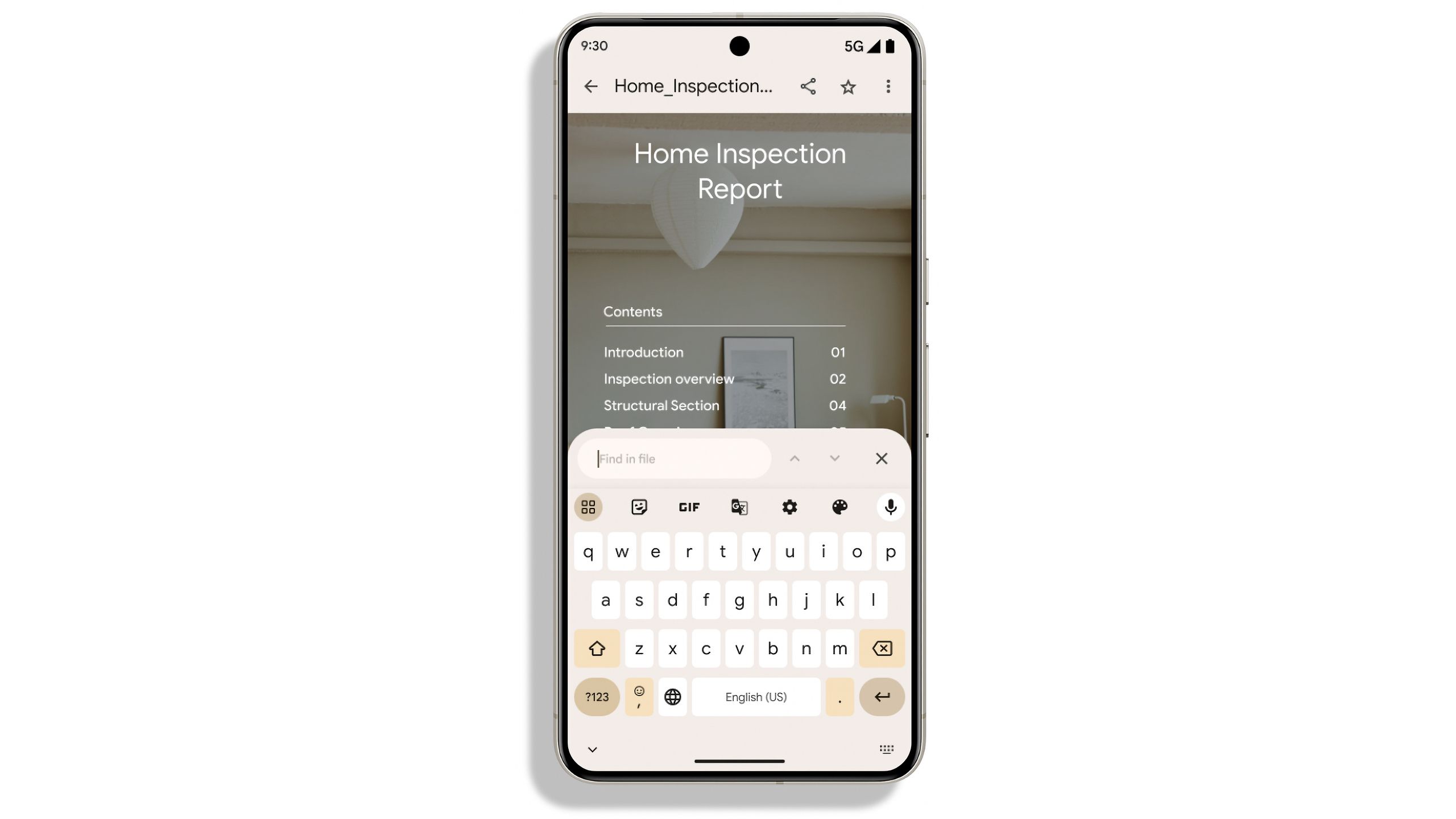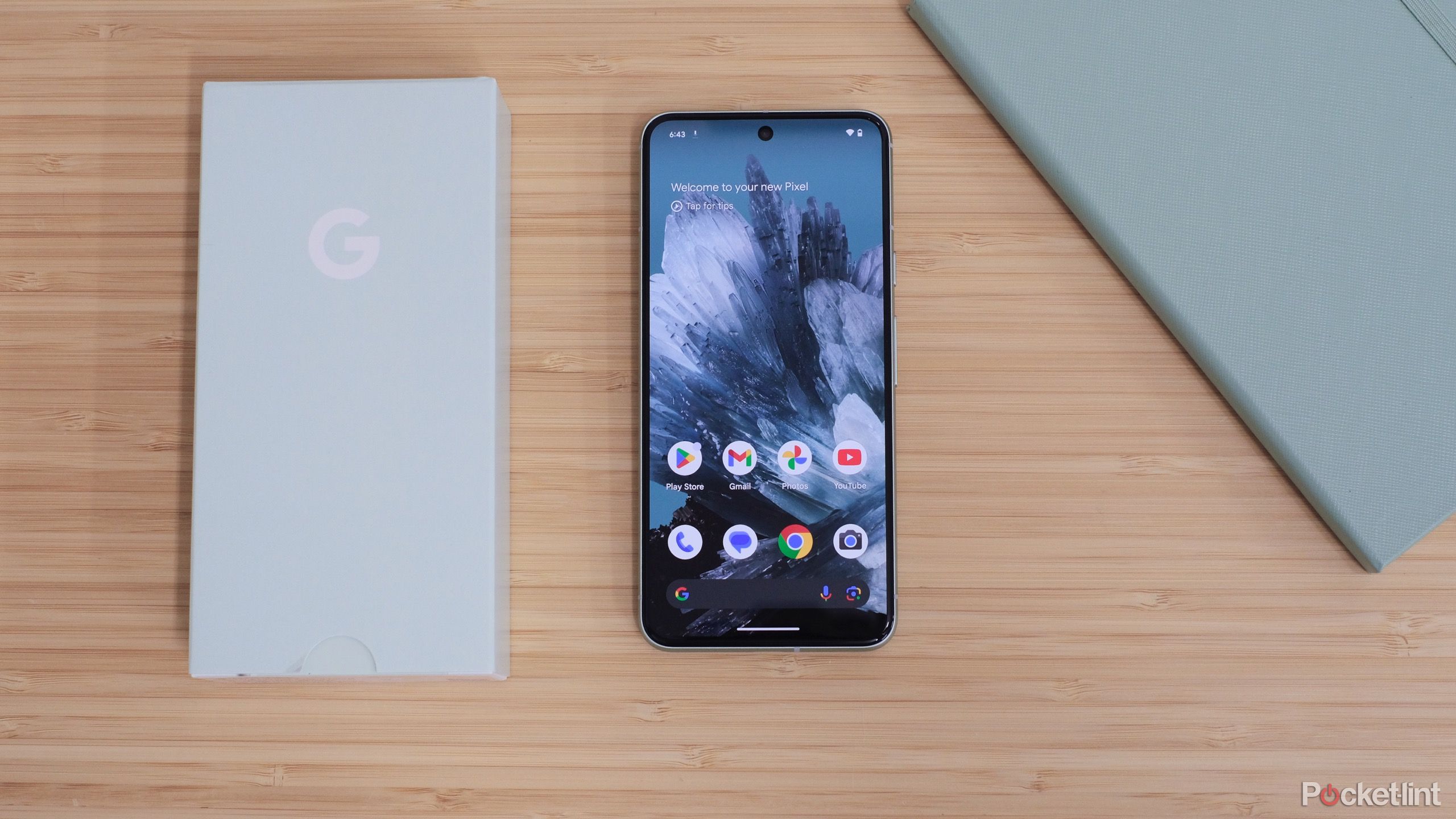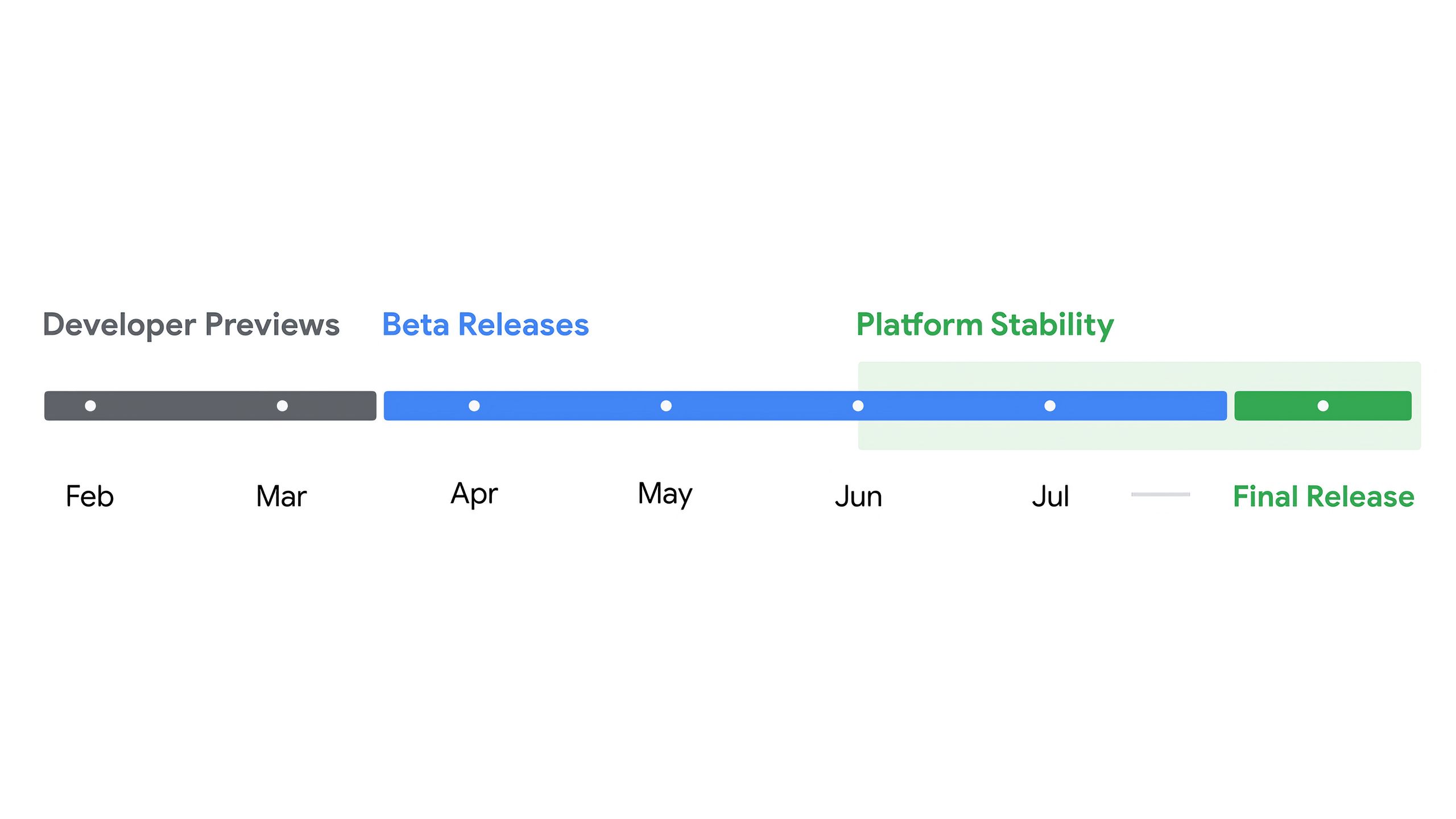Right on time, Google just released the second developer preview of Android 15. Like the original release, the second preview is available for anyone with a compatible Pixel device to install, but we don’t recommend installing it due to bugs, app compatibility, and lack of overall polish that an official update offers.
The second developer preview adds support for satellite communication, improved NFC interactions, more privacy features involving screen recording…
What’s new in Android 15? Right now, most of the new features are aimed at developers, as is expected, since it’s a developer preview. We’re sure to see more of the consumer-facing features unveiled during Google I/O which takes place May 14-15. That said, the second developer preview adds support for satellite communication, improved NFC interactions, more privacy features involving screen recording and improvements to how apps look and work on foldable and flippable screens. Those features join features like easier integration of your phone’s camera into apps like Instagram or TikTok, or expanded health tracking tools are sure to improve the overall experience once Android 15 launches.
By the time Android 15 is officially released later this year, we’ll certainly have a full picture of Android 15. For now, though, here’s what Google says people should be excited about at this extremely early stage.
My Android 15 wishlist: 5 features I want Google to deliver
From lock screen widgets and app pairs to improved wireless audio, Android 15 could be a low-key hit.
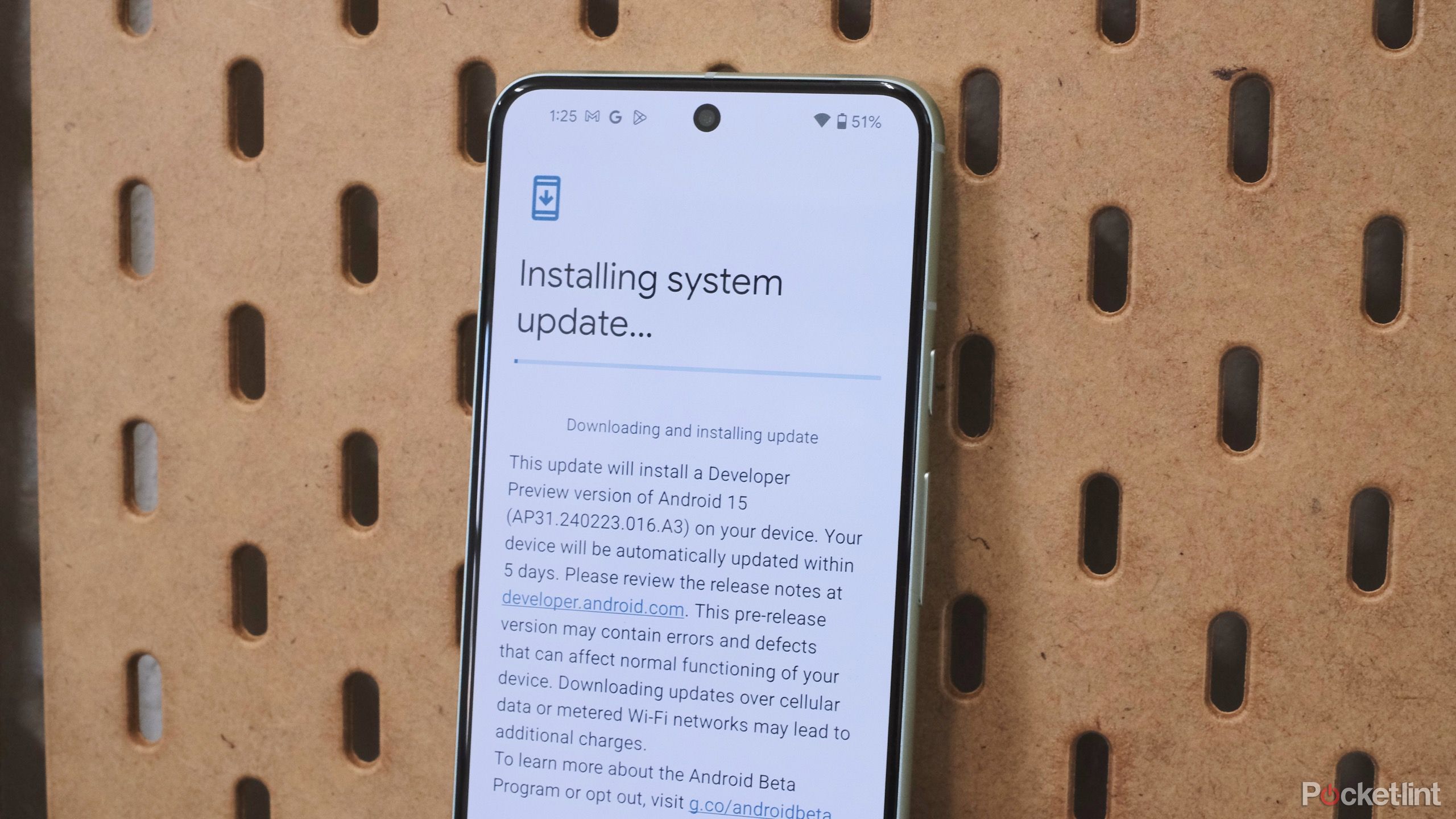 Features you’ll actually care about
Features you’ll actually care about
Developer previews are targeted towards one demographic and one demographic only: developers. That means plenty of boring changes that you wouldn’t be able to suss out on your own, but will make a difference in terms of compliance, performance, and user outcomes. We’ll be focusing here on some of the notable changes and the outcomes we think you’ll be able to experience from the code-heavy bits.
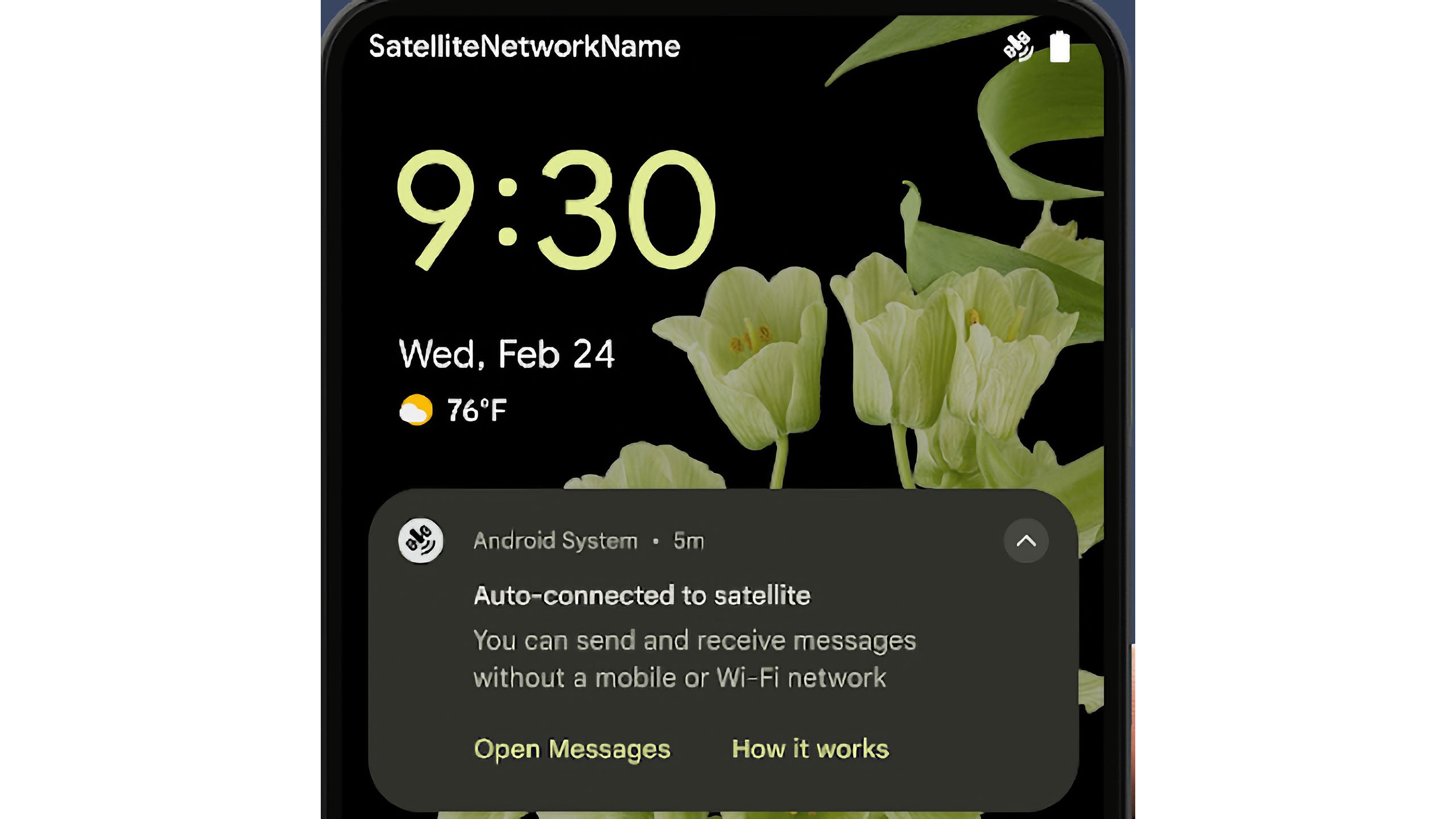 Satellite communication
Satellite communication
There have been some rumors and leaks over the last few weeks that Google was getting ready to release satellite communication for Pixel phones, that, similar to the iPhone’s Emergency SOS via Satellite, would allow Pixel owners to call for help when in an area without any cellular or internet coverage. Google, however, is adding support for satellite communication directly to Android, not just for Pixels.
Cameras in third-party apps
Android users have struggled with apps like Instagram in the past because they couldn’t fully utilize the device’s raw camera output — our sister site Android Police has a fantastic explainer on this. Platform developers have updated the operating system with APIs to expose more camera controls to third-party apps, but the crusade to get any app that uses the camera on board is ongoing and onerous.
With Android 15, the OS will provide two extra extensions to let apps adjust the device’s camera system: low light enhancements to improve the camera preview and the ability to use one LED in a multi-diode flash system or to use a flashlight (officially “TORCH”) mode.
Google/Pocket-lint
PDF searching, editing
The way you interact with PDFs on an Android 15 device is about to get better. Google is adding the proper tools for developers to integrate, allowing you to search, edit, annotate, and open password-protected files.
Partial screen sharing
Screen sharing is a terrific feature, but there are some contexts where you would rather share only part of a screen, perhaps just a particular app in a multi-window situation. Google says the feature, which was first brought out in the beta for Android 14’s second quarterly platform revision (QPR2), will be carried forward to Android 15.
Health Connect API
Android’s customary hub for fitness and nutrition app data is set to pick up new metrics to track, such as average step cadence, trans fats, and more.
Niche features developers will care about
These mentioned additions to Android 15 will cater to or probably excite a smaller audience, but we think it’s still worth discussing and putting into perspective here.
Android Dynamic Performance Framework
At its essence, the ADPF sets communication channels between your device and performance-intensive apps (including games) to lay out expectations on power consumption over the short and medium term (including in background use), CPU, GPU, and memory resource allotment, and thermal management. Android 15 will add new facilities to ADPF so that long-running background apps consume less power.
Apps will also be able to report the lengths of previous work sessions — users may see better-informed estimates on battery, performance, and task completion. The system will also respond more cautiously by throttling performance to keep thermals in check. Heat is a major stressor in electronics, particularly with batteries.
Virtual MIDI 2.0 apps
If you compose music with an Android device, you’ll be able to connect to synthesizer apps as virtual MIDI 2.0 devices just like you would with a USB MIDI 2.0 device.
File integrity management will see improvements
Android’s FileIntegrityManager service is getting a major boost from a feature in the Linux kernel called fs-verity. This means, among other things, that you may be able to select files to protect using a cryptographic signature. We’d guess this may manifest as Private Space, a protected cache of apps that you access by performing a device unlock authentication and something akin to Secure Folder on Samsung Galaxy devices.
Privacy Sandbox to secure your online activity
Google continues refining its legally-mandated attempt at replacing tracking cookies on the web with a (literally) convoluted method to ensure that ad buyers can still serve you targeted messaging without knowing too much about you.
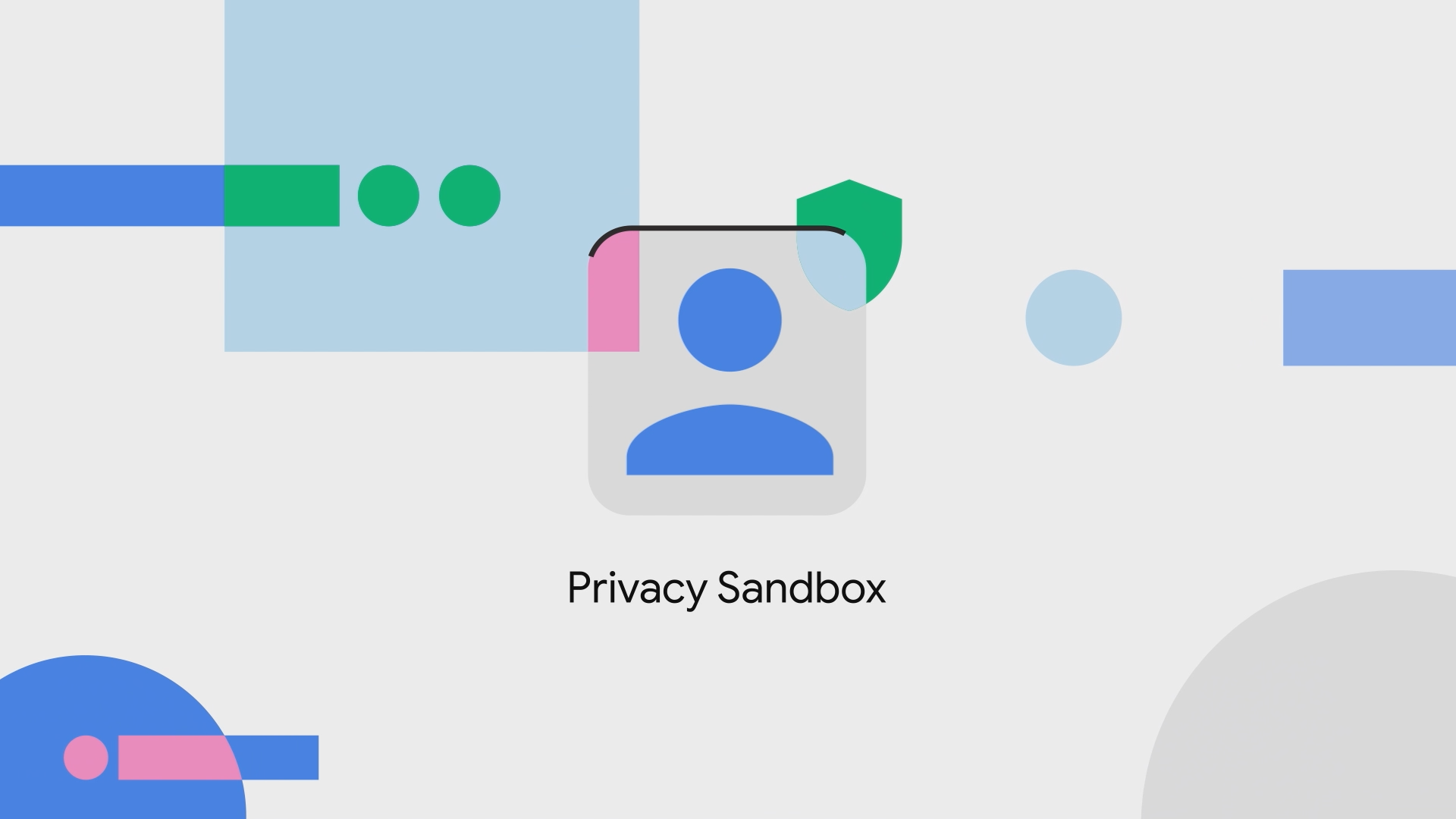
What is Google Privacy Sandbox and how will it replace cookies?
Google Privacy Sandbox will change web browsing in the future by replacing cookies. Here’s a timeline for this initiative and what it all means.
FAQ
Q: When will Android 15 officially launch?
Google didn’t share an official launch date for Android 15. We do know that it’ll happen later this year, based on past major Android releases and Google’s own timeline, detailing when to expect Android 15 to move from developer preview to public beta to official release. Last year, Android 14 didn’t arrive until October. In previous years, Google released major OS updates in the late summer. Google’s current release timeline for Android 15 is found below.
Q: Which devices will support Android 15?
You can try the Android 15 developer preview on any Google Pixel device from the Pixel 6 series onward — this includes the Pixel Fold, Pixel Tablet, and the Pixel A-series. We have more details about getting onto the preview program and why you might not want to join it right away as part of Pocket-lint’s complete coverage.
As for whenever the final update lands (late summer to early fall is the watch range), device manufacturers have been adding years to their software update policies — a good thing for many phone owners. Here’s a quick rundown of which phones will be supported with a focus on Android brands serving the United States:
- Google: Pixel 6, Pixel 6a, and newer devices along with Pixel Fold and Pixel Tablet
- Samsung: Galaxy S21 series (including S21 FE), Z Flip/Fold 3, Tab S8 series, A33, A53, A73, and newer devices
- OnePlus: OnePlus 10 Pro, OnePlus 10T, OnePlus 10R, and newer devices
- Motorola: Razr+ and Razr (2023)
Trending Products

